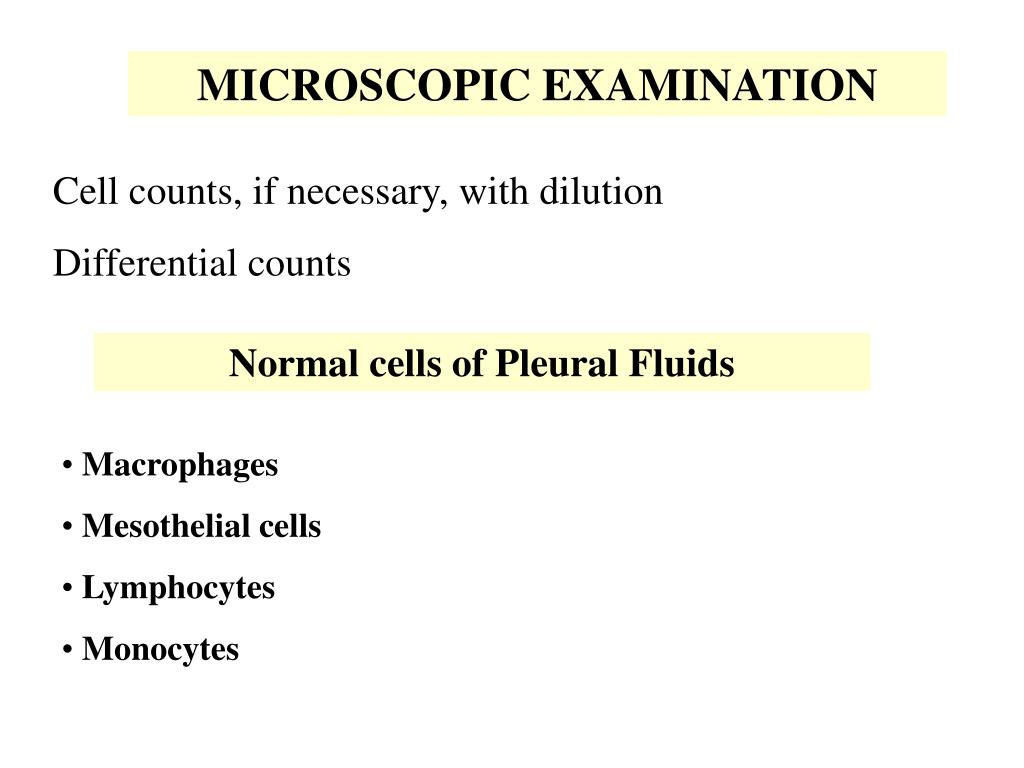


The next level of organization is the organ, where several types of tissues come together to form a working unit. Nervous tissue is also excitable, allowing the propagation of electrochemical signals in the form of nerve impulses that communicate between different regions of the body ( ). Muscle tissue is excitable, responding to stimulation and contracting to provide movement, and occurs as three major types: skeletal (voluntary) muscle, smooth muscle, and cardiac muscle in the heart.

Connective tissue, as its name implies, binds the cells and organs of the body together and functions in the protection, support, and integration of all parts of the body. Such changes can be detected through histology, the microscopic study of tissue appearance, organization, and function.Įpithelial tissue, also referred to as epithelium, refers to the sheets of cells that cover exterior surfaces of the body, lines internal cavities and passageways, and forms certain glands. A disruption of the structure is a sign of injury or disease. Each of these categories is characterized by specific functions that contribute to the overall health and maintenance of the body. For example, multicellular protists, ancient eukaryotes, do not have cells organized into tissues.Īlthough there are many types of cells in the human body, they are organized into four broad categories of tissues: epithelial, connective, muscle, and nervous. From the evolutionary perspective, tissues appear in more complex organisms. Microscopic observation reveals that the cells in a tissue share morphological features and are arranged in an orderly pattern that achieves the tissue’s functions. The cells within a tissue share a common embryonic origin. The term tissue is used to describe a group of cells found together in the body. Identify the main types of tissue membranes.Relate the structure of each tissue type to their function.Discuss the functions of each tissue type.By the end of this section, you will be able to:


 0 kommentar(er)
0 kommentar(er)
